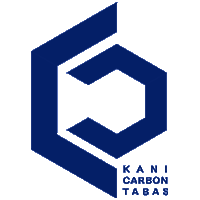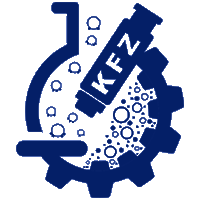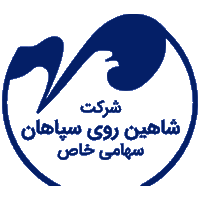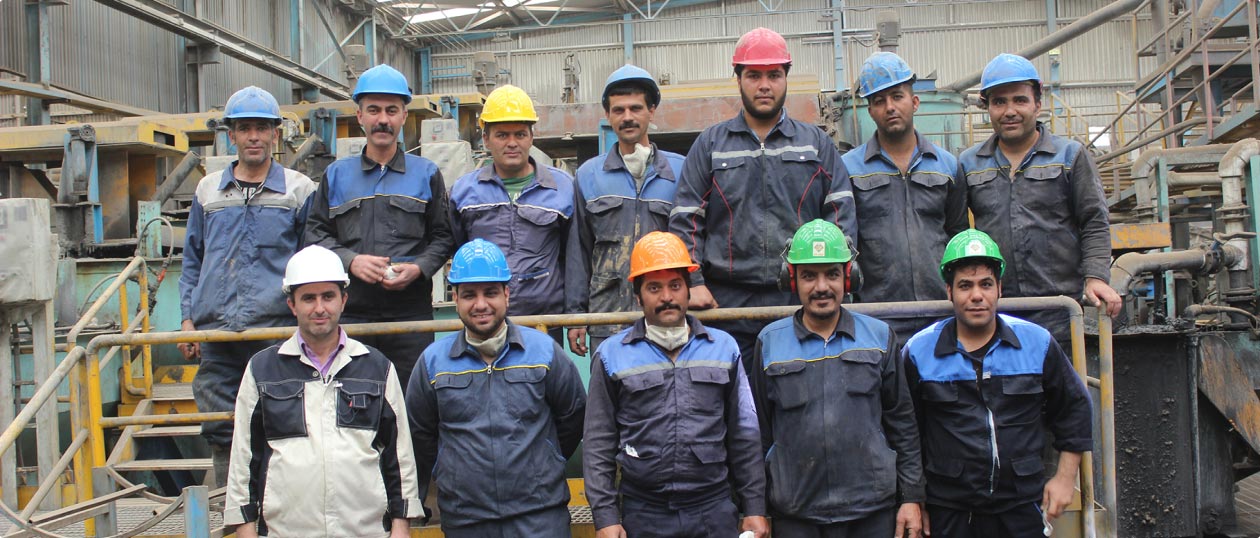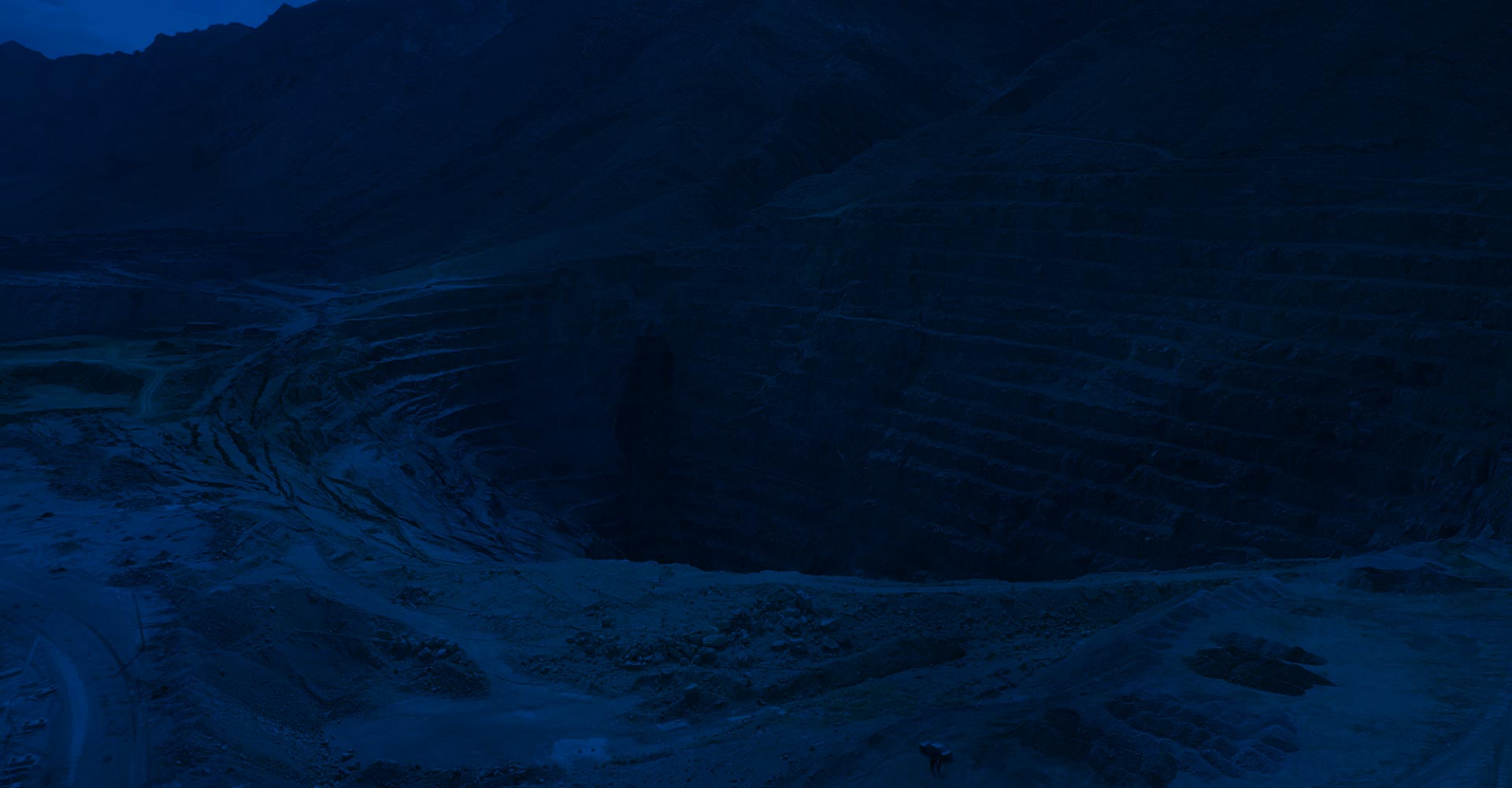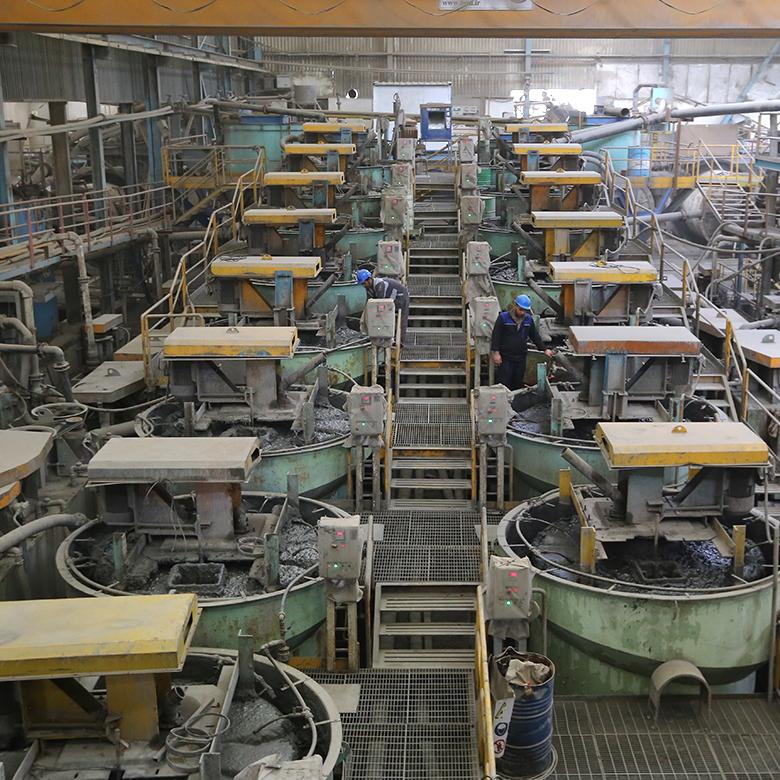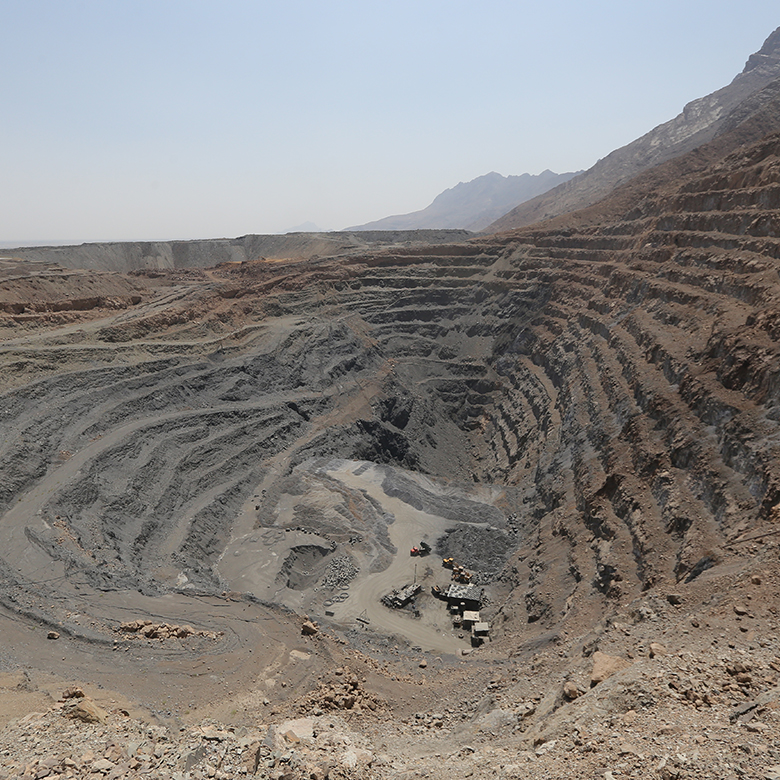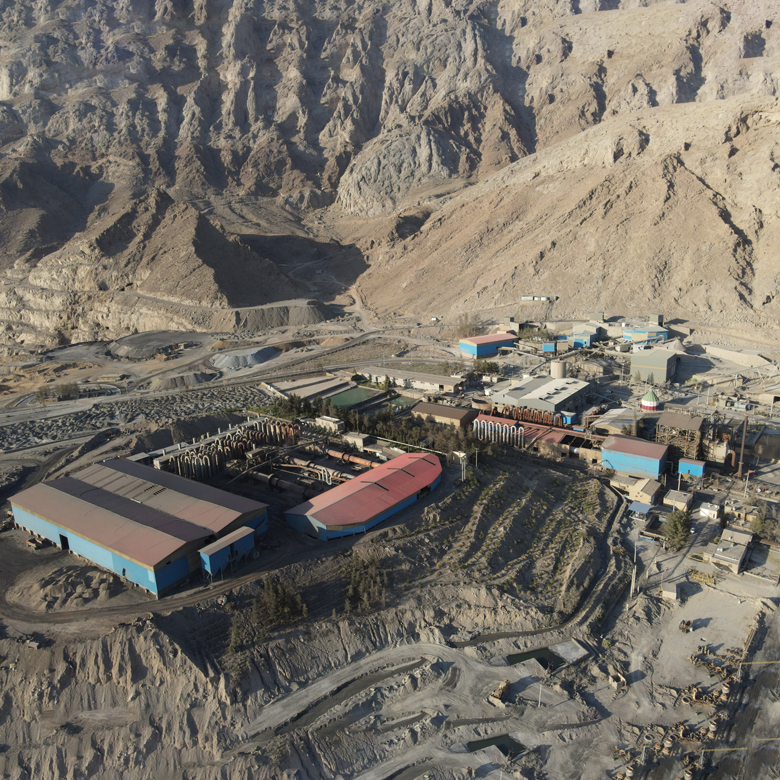Bama’s Operational Activities


Exploration Geology and Drilling
Mineral Exploration


Sustainable Development and Production
Mining and Extraction
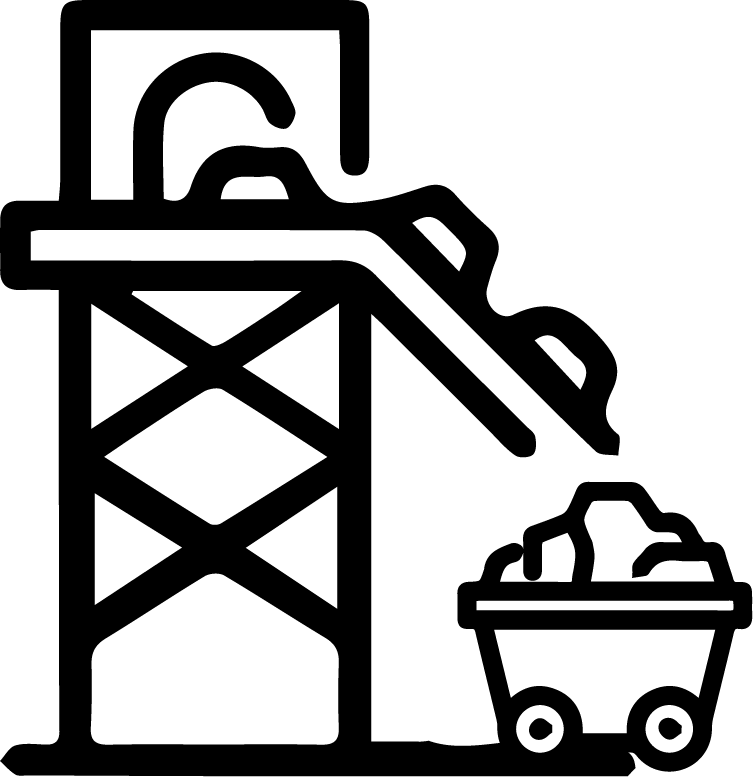

Mineral Processing and Flotation Unit
Ore Processing


Environmental Protection and Compliance
Environmental Management


Workforce Protection and Safety
Occupational Health and Safety
More Than Seven Decades of Expertise
About Us
Learn More About Our Operations
With over seventy years of continuous operation, our company carries out the full cycle of mineral production from exploration and extraction to processing and concentrate production within a vast industrial and mining complex covering approximately 4,000 hectares.
All production stages are managed in a dynamic and technically complex environment. Drawing on decades of hands-on experience and scientific expertise, Bama Company is committed to enhancing customer satisfaction and stakeholder value across every aspect of its operations.
- Producers of High-Quality Lead and Zinc Concentrates
- Mineral Processing
- Proven expertise in mineral exploration and extraction
- Complete production chain from exploration to flotation
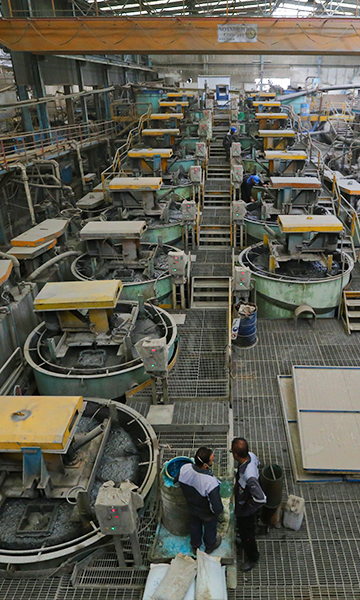

Waelz Kiln Unit
Waelz Kiln Unit
Low-Grade Zinc Carbonate as Feedstock for Oxide Production
In this unit, low-grade zinc carbonate is used as feed in the Waelz kilns. The final product of this process is zinc oxide with a concentration of 45%.
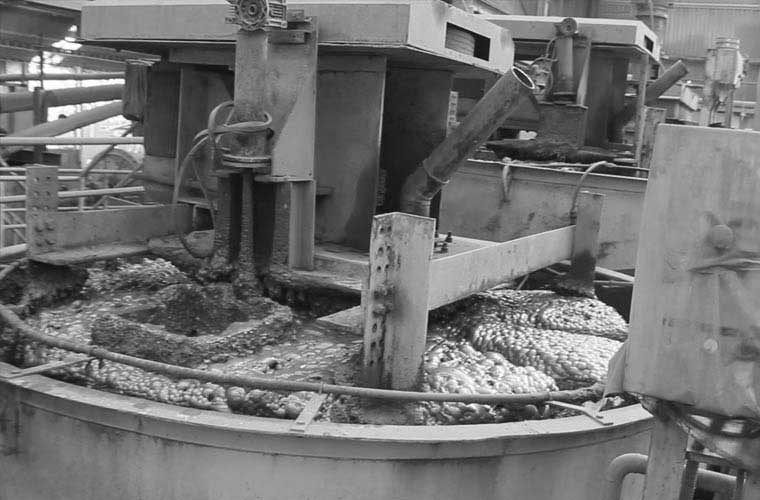



Waelz Kiln Unit
Low-Grade Zinc Carbonate as Feedstock for Oxide Production
In this unit, low-grade zinc carbonate is used as feed in the Waelz kilns. The final product of this process is zinc oxide with a concentration of 45%.
Heavy Media Separation Unit
Heavy Media Separation Unit
Initial Upgrading of Low-Grade Ore through Dense Media Separation
This unit performs the pre-concentration of low-grade ores prior to flotation.
When the grade of the extracted ore is too low to be fed directly into the flotation circuit, initial upgrading is carried out in the Heavy Media Separation (HMS) unit. In this process, high-grade particles are separated from low-grade material using dense media technology.
The resulting enriched product, with a suitable grade, is then transferred to the flotation unit for further processing.




Heavy Media Separation Unit
Initial Upgrading of Low-Grade Ore through Dense Media Separation
This unit performs the preconcentration of low-grade ores prior to flotation.
When the grade of the extracted ore is too low to be fed directly into the flotation circuit, initial upgrading is carried out in the Heavy Media Separation (HMS) unit. In this process, high-grade particles are separated from low-grade material using dense media technology.
The resulting enriched product, with a suitable grade, is then transferred to the flotation unit for further processing.
Mineral Processing
Mineral Processing
The set of operations required to produce lead and zinc concentrates from extracted ore is carried out in the mineral processing plants. These operations include crushing, heavy media separation (HMS), grinding and classification, flotation, dewatering, and drying.
Crushing Unit
The facility operates two crushing units with a nominal feed capacity of 5,000 tons per day. The ore extracted from the mines is first transported and unloaded into the crusher feed bunker, from where it is directed via feeders into a jaw crusher. Here, the ore is reduced to particles smaller than 10 centimeters and discharged onto a vibrating screen for size classification.
Fine particles smaller than 15 millimeters pass through the screen and are sent directly to the plant silo, while oversized material larger than 15 millimeters is transferred to cone crushers for further reduction. The crushed material is then returned to the screen. This closed-circuit crushing and screening process continues until all particles reach a size below 15 millimeters.
The final product from the crushing unit is then transferred to downstream units for concentration and final processing.
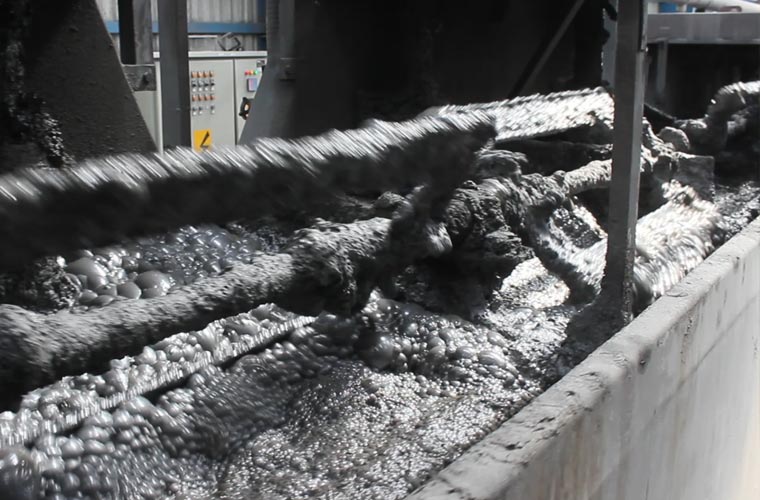



Mineral Processing
The set of operations required to produce lead and zinc concentrates from extracted ore is carried out in the mineral processing plants. These operations include crushing, heavy media separation (HMS), grinding and classification, flotation, dewatering, and drying.
Crushing Unit
The facility operates two crushing units with a nominal feed capacity of 5,000 tons per day. The ore extracted from the mines is first transported and unloaded into the crusher feed bunker, from where it is directed via feeders into a jaw crusher. Here, the ore is reduced to particles smaller than 10 centimeters and discharged onto a vibrating screen for size classification.
Fine particles smaller than 15 millimeters pass through the screen and are sent directly to the plant silo, while oversized material larger than 15 millimeters is transferred to cone crushers for further reduction. The crushed material is then returned to the screen. This closed-circuit crushing and screening process continues until all particles reach a size below 15 millimeters.
The final product from the crushing unit is then transferred to downstream units for concentration and final processing.
Flotation Unit
Flotation Unit
The crushed ore from the crushing unit is transferred to the plant silo and then conveyed via dedicated belt systems into the flotation unit, which consists of two main sections: lead flotation and zinc flotation.
The feed first undergoes wet grinding in the primary mill. It is then directed to hydrocyclones for classification. Based on centrifugal force, materials are separated into two streams: particles finer than 75 microns and coarser than 75 microns. The finer fraction (overflow) is sent to the conditioners, while the coarser fraction (underflow) is redirected to a secondary ball mill for further grinding. The material then returns to the hydrocyclones. This closed-circuit grinding continues until the particle size is reduced below 75 microns and the material can be transferred to the conditioners.
In the conditioners, the material undergoes chemical conditioning through the addition of reagents such as collectors, depressants, and frothers, according to the predesigned residence time. The conditioned slurry is then fed into the lead flotation cells, which include the rougher, scavenger, and cleaner stages.
The resulting lead concentrate, with an approximate grade of 60% lead, is sent to designated concentrate ponds. The tailings from the lead flotation stage serve as the feed for the zinc flotation circuit, which includes its own set of conditioners and flotation cells. The final zinc concentrate, with an approximate grade of 50% zinc, is likewise transferred to corresponding concentrate ponds.
The nominal input capacity of the company’s flotation plants is 2,000 tons per day. The main products include sulfide concentrates of lead and zinc, as well as lead and zinc carbonates.
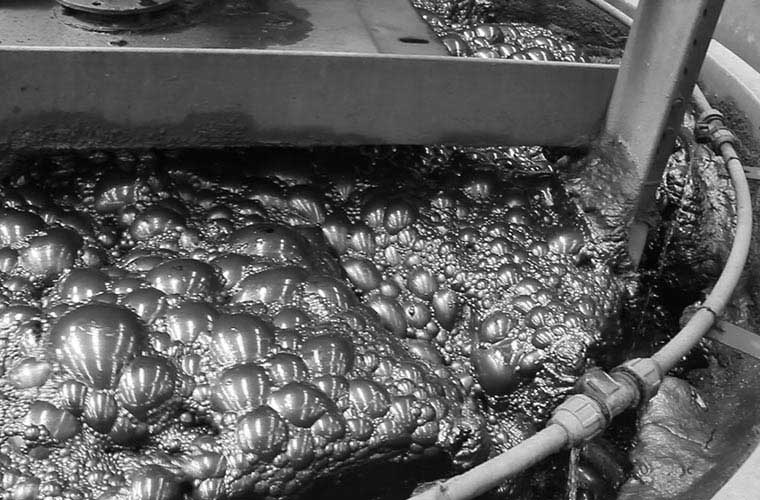



Flotation Unit
The crushed ore from the crushing unit is transferred to the plant silo and then conveyed via dedicated belt systems into the flotation unit, which consists of two main sections: lead flotation and zinc flotation.
The feed first undergoes wet grinding in the primary mill. It is then directed to hydrocyclones for classification. Based on centrifugal force, materials are separated into two streams: particles finer than 75 microns and coarser than 75 microns. The finer fraction (overflow) is sent to the conditioners, while the coarser fraction (underflow) is redirected to a secondary ball mill for further grinding. The material then returns to the hydrocyclones. This closed-circuit grinding continues until the particle size is reduced below 75 microns and the material can be transferred to the conditioners.
In the conditioners, the material undergoes chemical conditioning through the addition of reagents such as collectors, depressants, and frothers, according to the predesigned residence time. The conditioned slurry is then fed into the lead flotation cells, which include the rougher, scavenger, and cleaner stages.
The resulting lead concentrate, with an approximate grade of 60% lead, is sent to designated concentrate ponds. The tailings from the lead flotation stage serve as the feed for the zinc flotation circuit, which includes its own set of conditioners and flotation cells. The final zinc concentrate, with an approximate grade of 50% zinc, is likewise transferred to corresponding concentrate ponds.
The nominal input capacity of the company’s flotation plants is 2,000 tons per day. The main products include sulfide concentrates of lead and zinc, as well as lead and zinc carbonates.
Exploration
Geology
Exploratory and economic geology aimed at discovering new mineral deposits is a key focus of this unit. Activities include surface studies, preparation of geological maps, geochemical and geophysical surveys, as well as shallow and deep drilling for subsurface exploration. The analysis of multi-layered geological data leads to the development of 3D models of ore bodies, which are then submitted to the mining unit for technical and economic evaluation and to determine the appropriate extraction methods.
Over 50 years of geological and exploration activity within the Bama Company’s territory has resulted in the discovery of over 15 million tons of zinc and lead reserves. These systematic operations continue in untapped areas. In active mines, targeted techniques are used to further define the mineral bodies, ultimately leading to optimized underground extraction.
- • Preliminary Investigation: Assessing the mineral region
- • Geology & Sampling: Studying rock and soil formations
- • Structural Modeling: Estimating mineral resources
- • Economic Evaluation: Calculating costs and profitability
01. Mining
In this stage, lead and zinc ores are extracted from mines and then transported to processing plants.
03. Marketing
Involves analyzing the global lead and zinc markets, including supply and demand trends, pricing dynamics, and identifying emerging opportunities in the industry.
02. Flotation
This process separates lead and zinc minerals from other unwanted materials, ensuring higher purity and efficiency in subsequent production stages.

Exploration
Reconnaissance: At this stage, potential areas for mineral exploration are identified using geological surveys, satellite imagery, and geophysical data. Priority zones are then selected for more detailed investigations.
Prospecting: This phase involves field investigations to detect early signs of mineral deposits. It includes geological mapping, surface sampling, and the use of geophysical and geochemical methods to evaluate the mineral potential of the region.

Mining
In this stage, lead and zinc ores are extracted from the mines and transported to processing facilities. After extraction, the minerals undergo primary processing, including crushing, screening, and separation of valuable ores from waste materials.

Processing
Flotation is a key process used in mineral processing, paper recycling, and wastewater treatment. It separates hydrophobic materials from hydrophilic ones. In industrial and mining operations, flotation enables the economic recovery of low-grade ores, enhancing efficiency and reducing waste.
Board of Directors
Reza Taherkhani
Chairman
Amir Seraj Hashemi
Vice Chairman
Abdol Rahim Foroutan
Board Member | CEO
Hemmat Salami
Board Member
Amir Ashtiyani Araghi
Board Member
Check KAMA Stock on Tehran Stock Exchange






Bama’s Operational Activities


Exploration Geology and Drilling
Mineral Exploration


Mineral Processing and Flotation Unit
Ore Processing


Sustainable Development and Production
Mining and Extraction


Workforce Protection and Safety
Occupational Health and Safety


Environmental Protection and Compliance
Environmental Management
More Than Seven Decades of Expertise
About Us
Learn More About Our Operations
With over seventy years of continuous operation, our company carries out the full cycle of mineral production from exploration and extraction to processing and concentrate production within a vast industrial and mining complex covering approximately 4,000 hectares.
All production stages are managed in a dynamic and technically complex environment. Drawing on decades of hands-on experience and scientific expertise, Bama Company is committed to enhancing customer satisfaction and stakeholder value across every aspect of its operations.
- Producers of High-Quality Lead and Zinc Concentrates
- Mineral Processing
- Proven expertise in mineral exploration and extraction
- Complete production chain from exploration to flotation


Waelz Kiln Unit
Waelz Kiln Unit
Low-Grade Zinc Carbonate as Feedstock for Oxide Production
In this unit, low-grade zinc carbonate is used as feed in the Waelz kilns. The final product of this process is zinc oxide with a concentration of 45%.




Waelz Kiln Unit
Low-Grade Zinc Carbonate as Feedstock for Oxide Production
In this unit, low-grade zinc carbonate is used as feed in the Waelz kilns. The final product of this process is zinc oxide with a concentration of 45%.
Heavy Media Separation Unit
Heavy Media Separation Unit
Initial Upgrading of Low-Grade Ore through Dense Media Separation
This unit performs the pre-concentration of low-grade ores prior to flotation.
When the grade of the extracted ore is too low to be fed directly into the flotation circuit, initial upgrading is carried out in the Heavy Media Separation (HMS) unit. In this process, high-grade particles are separated from low-grade material using dense media technology.
The resulting enriched product, with a suitable grade, is then transferred to the flotation unit for further processing.




Heavy Media Separation Unit
Initial Upgrading of Low-Grade Ore through Dense Media Separation
This unit performs the preconcentration of low-grade ores prior to flotation.
When the grade of the extracted ore is too low to be fed directly into the flotation circuit, initial upgrading is carried out in the Heavy Media Separation (HMS) unit. In this process, high-grade particles are separated from low-grade material using dense media technology.
The resulting enriched product, with a suitable grade, is then transferred to the flotation unit for further processing.
Mineral Processing
Mineral Processing
The set of operations required to produce lead and zinc concentrates from extracted ore is carried out in the mineral processing plants. These operations include crushing, heavy media separation (HMS), grinding and classification, flotation, dewatering, and drying.
Crushing Unit
The facility operates two crushing units with a nominal feed capacity of 5,000 tons per day. The ore extracted from the mines is first transported and unloaded into the crusher feed bunker, from where it is directed via feeders into a jaw crusher. Here, the ore is reduced to particles smaller than 10 centimeters and discharged onto a vibrating screen for size classification.
Fine particles smaller than 15 millimeters pass through the screen and are sent directly to the plant silo, while oversized material larger than 15 millimeters is transferred to cone crushers for further reduction. The crushed material is then returned to the screen. This closed-circuit crushing and screening process continues until all particles reach a size below 15 millimeters.
The final product from the crushing unit is then transferred to downstream units for concentration and final processing.




Mineral Processing
The set of operations required to produce lead and zinc concentrates from extracted ore is carried out in the mineral processing plants. These operations include crushing, heavy media separation (HMS), grinding and classification, flotation, dewatering, and drying.
Crushing Unit
The facility operates two crushing units with a nominal feed capacity of 5,000 tons per day. The ore extracted from the mines is first transported and unloaded into the crusher feed bunker, from where it is directed via feeders into a jaw crusher. Here, the ore is reduced to particles smaller than 10 centimeters and discharged onto a vibrating screen for size classification.
Fine particles smaller than 15 millimeters pass through the screen and are sent directly to the plant silo, while oversized material larger than 15 millimeters is transferred to cone crushers for further reduction. The crushed material is then returned to the screen. This closed-circuit crushing and screening process continues until all particles reach a size below 15 millimeters.
The final product from the crushing unit is then transferred to downstream units for concentration and final processing.
Flotation Unit
Flotation Unit
The crushed ore from the crushing unit is transferred to the plant silo and then conveyed via dedicated belt systems into the flotation unit, which consists of two main sections: lead flotation and zinc flotation.
The feed first undergoes wet grinding in the primary mill. It is then directed to hydrocyclones for classification. Based on centrifugal force, materials are separated into two streams: particles finer than 75 microns and coarser than 75 microns. The finer fraction (overflow) is sent to the conditioners, while the coarser fraction (underflow) is redirected to a secondary ball mill for further grinding. The material then returns to the hydrocyclones. This closed-circuit grinding continues until the particle size is reduced below 75 microns and the material can be transferred to the conditioners.
In the conditioners, the material undergoes chemical conditioning through the addition of reagents such as collectors, depressants, and frothers, according to the predesigned residence time. The conditioned slurry is then fed into the lead flotation cells, which include the rougher, scavenger, and cleaner stages.
The resulting lead concentrate, with an approximate grade of 60% lead, is sent to designated concentrate ponds. The tailings from the lead flotation stage serve as the feed for the zinc flotation circuit, which includes its own set of conditioners and flotation cells. The final zinc concentrate, with an approximate grade of 50% zinc, is likewise transferred to corresponding concentrate ponds.
The nominal input capacity of the company’s flotation plants is 2,000 tons per day. The main products include sulfide concentrates of lead and zinc, as well as lead and zinc carbonates.




Flotation Unit
The crushed ore from the crushing unit is transferred to the plant silo and then conveyed via dedicated belt systems into the flotation unit, which consists of two main sections: lead flotation and zinc flotation.
The feed first undergoes wet grinding in the primary mill. It is then directed to hydrocyclones for classification. Based on centrifugal force, materials are separated into two streams: particles finer than 75 microns and coarser than 75 microns. The finer fraction (overflow) is sent to the conditioners, while the coarser fraction (underflow) is redirected to a secondary ball mill for further grinding. The material then returns to the hydrocyclones. This closed-circuit grinding continues until the particle size is reduced below 75 microns and the material can be transferred to the conditioners.
In the conditioners, the material undergoes chemical conditioning through the addition of reagents such as collectors, depressants, and frothers, according to the predesigned residence time. The conditioned slurry is then fed into the lead flotation cells, which include the rougher, scavenger, and cleaner stages.
The resulting lead concentrate, with an approximate grade of 60% lead, is sent to designated concentrate ponds. The tailings from the lead flotation stage serve as the feed for the zinc flotation circuit, which includes its own set of conditioners and flotation cells. The final zinc concentrate, with an approximate grade of 50% zinc, is likewise transferred to corresponding concentrate ponds.
The nominal input capacity of the company’s flotation plants is 2,000 tons per day. The main products include sulfide concentrates of lead and zinc, as well as lead and zinc carbonates.
Exploration
Geology
Exploratory and economic geology aimed at discovering new mineral deposits is a key focus of this unit. Activities include surface studies, preparation of geological maps, geochemical and geophysical surveys, as well as shallow and deep drilling for subsurface exploration. The analysis of multi-layered geological data leads to the development of 3D models of ore bodies, which are then submitted to the mining unit for technical and economic evaluation and to determine the appropriate extraction methods.
Over 50 years of geological and exploration activity within the Bama Company’s territory has resulted in the discovery of over 15 million tons of zinc and lead reserves. These systematic operations continue in untapped areas. In active mines, targeted techniques are used to further define the mineral bodies, ultimately leading to optimized underground extraction.
- • Preliminary Investigation: Assessing the mineral region
- • Geology & Sampling: Studying rock and soil formations
- • Structural Modeling: Estimating mineral resources
- • Economic Evaluation: Calculating costs and profitability
01. Mining
In this stage, lead and zinc ores are extracted from mines and then transported to processing plants.
02. Flotation
This process separates lead and zinc minerals from other unwanted materials, ensuring higher purity and efficiency in subsequent production stages.
03. Marketing
Involves analyzing the global lead and zinc markets, including supply and demand trends, pricing dynamics, and identifying emerging opportunities in the industry.
Exploration
Reconnaissance: At this stage, potential areas for mineral exploration are identified using geological surveys, satellite imagery, and geophysical data. Priority zones are then selected for more detailed investigations.
Prospecting: This phase involves field investigations to detect early signs of mineral deposits. It includes geological mapping, surface sampling, and the use of geophysical and geochemical methods to evaluate the mineral potential of the region.
Mining
In this stage, lead and zinc ores are extracted from the mines and transported to processing facilities. After extraction, the minerals undergo primary processing, including crushing, screening, and separation of valuable ores from waste materials.
Processing
Flotation is a key process used in mineral processing, paper recycling, and wastewater treatment. It separates hydrophobic materials from hydrophilic ones. In industrial and mining operations, flotation enables the economic recovery of low-grade ores, enhancing efficiency and reducing waste.
Board of Directors
Reza Taherkhani
Chairman
Amir Seraj Hashemi
Vice Chairman
Abdol Rahim Foroutan
Board Member | CEO
Hemmat Salami
Board Member
Amir Ashtiyani Araghi
Board Member
Check KAMA Stock on Tehran Stock Exchange
